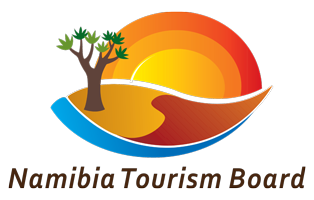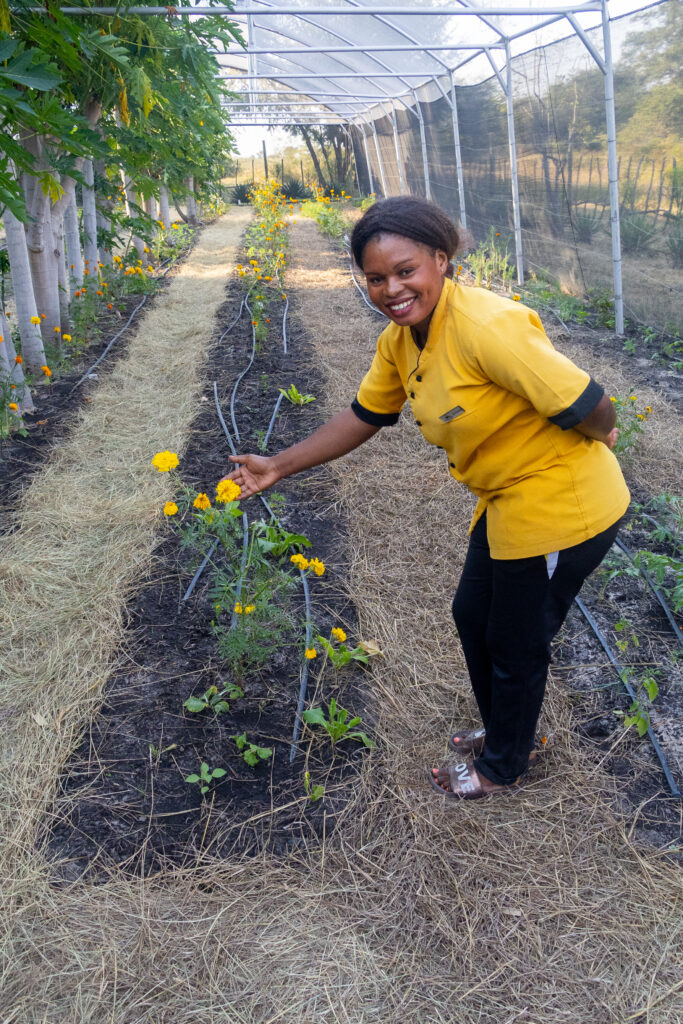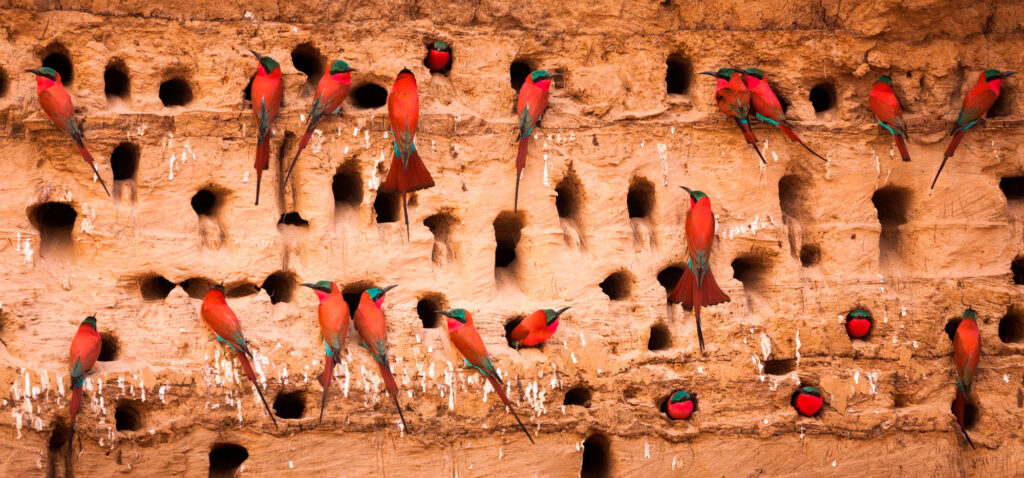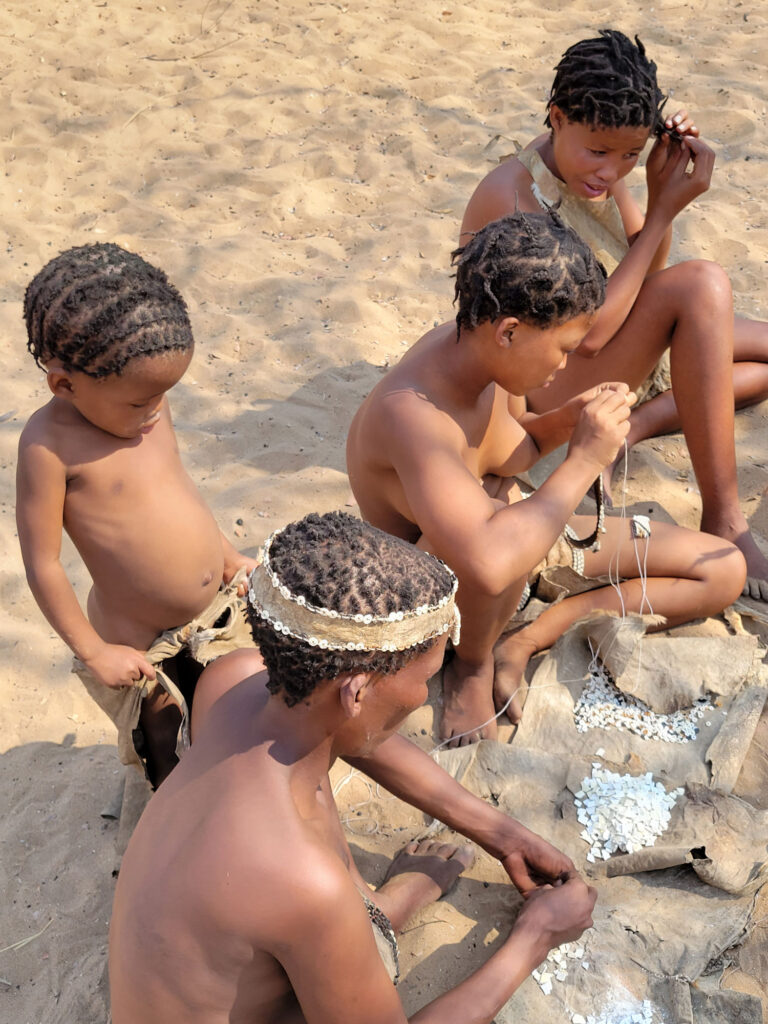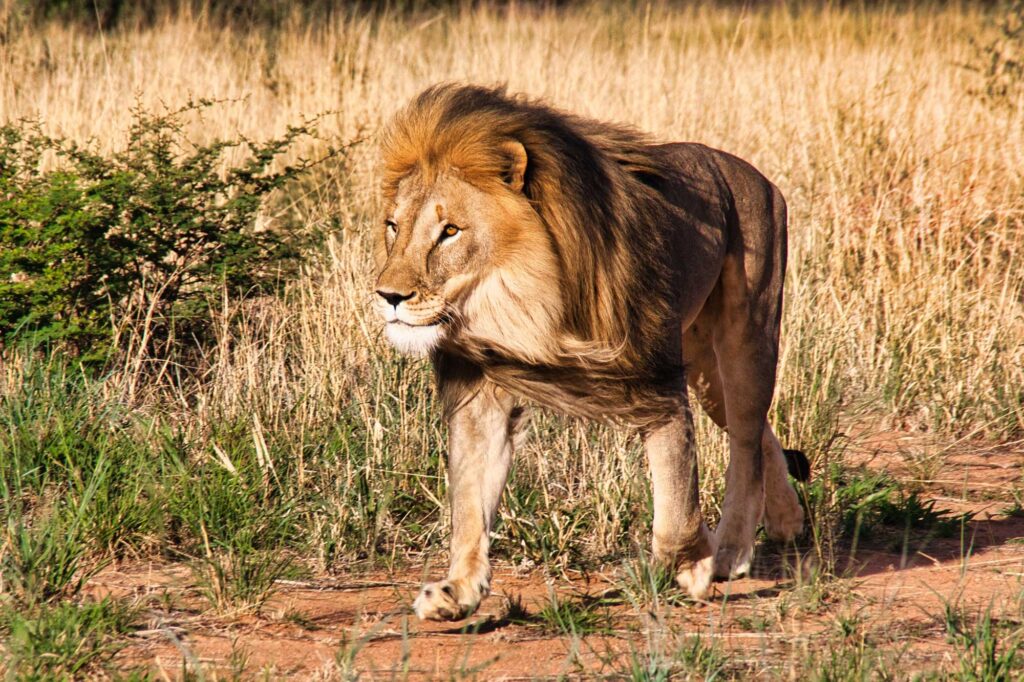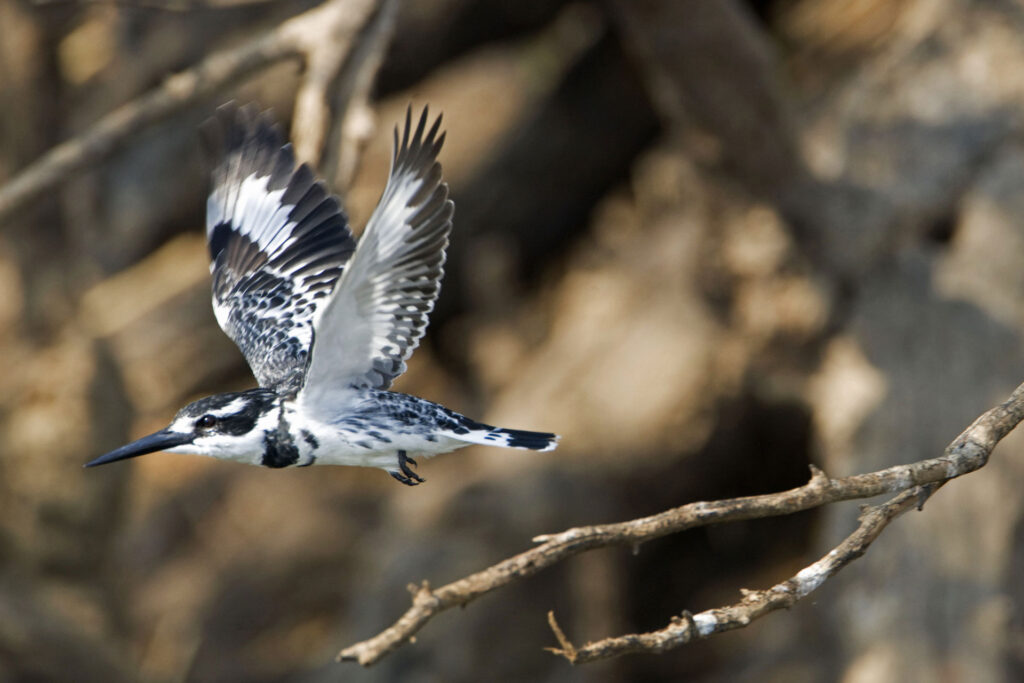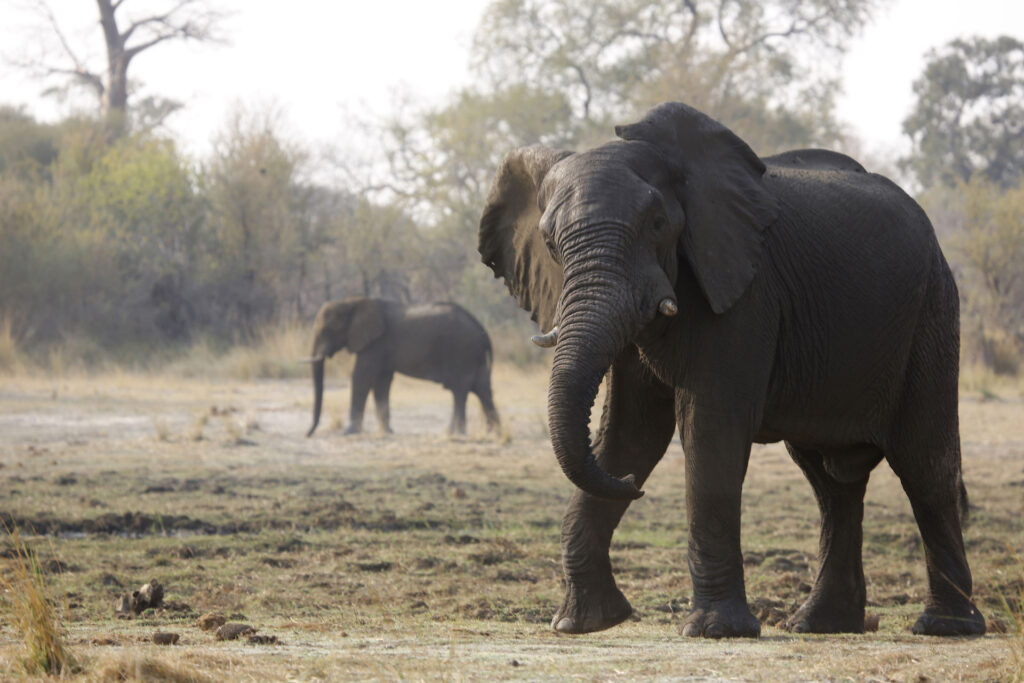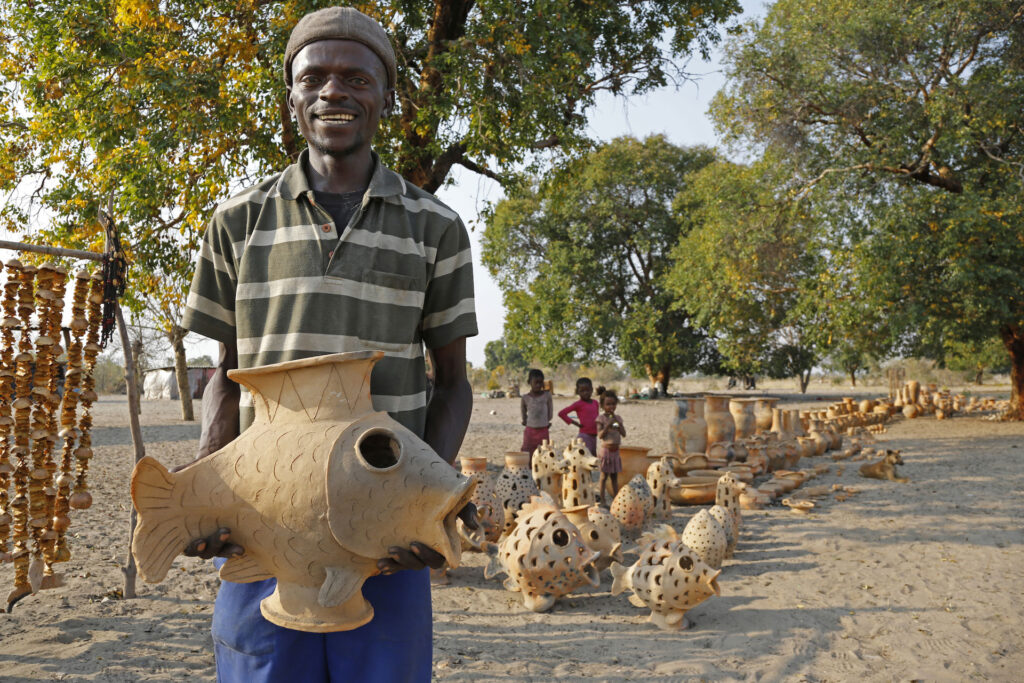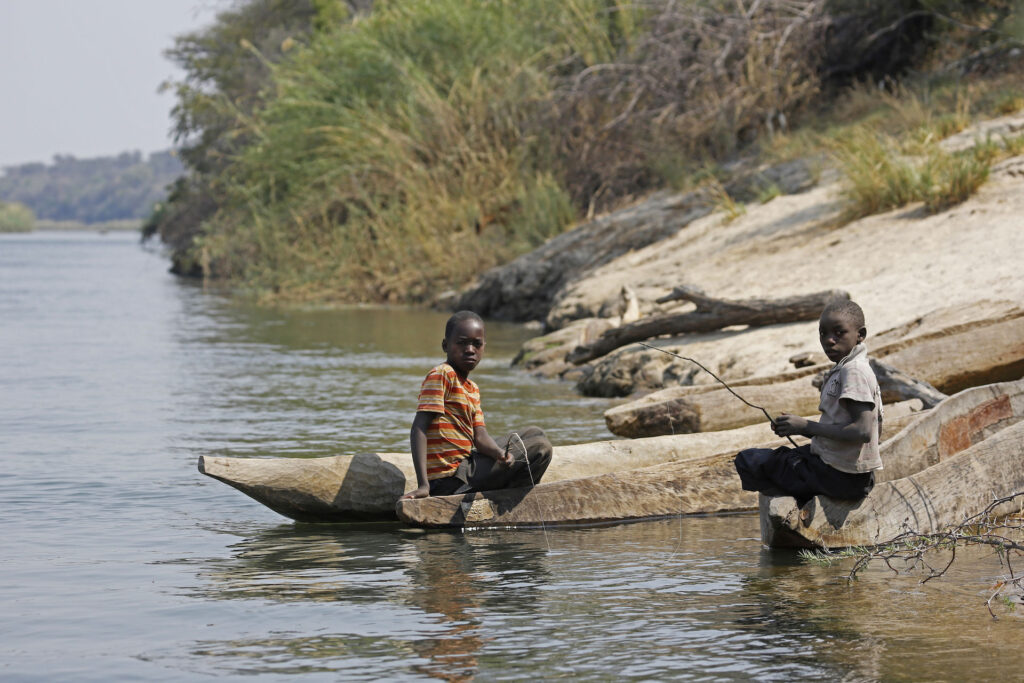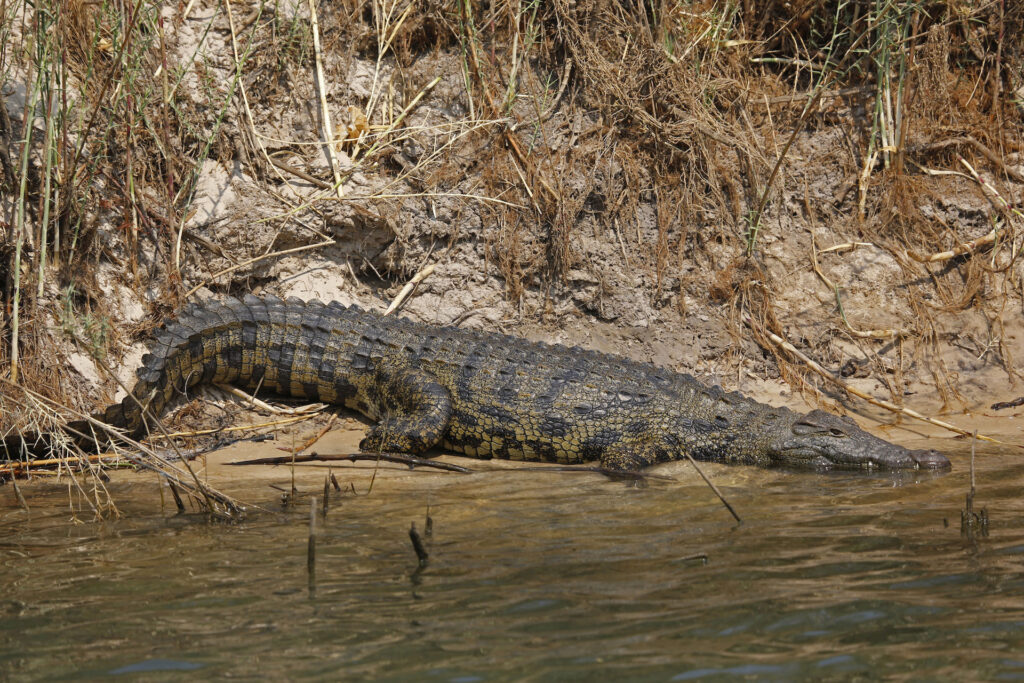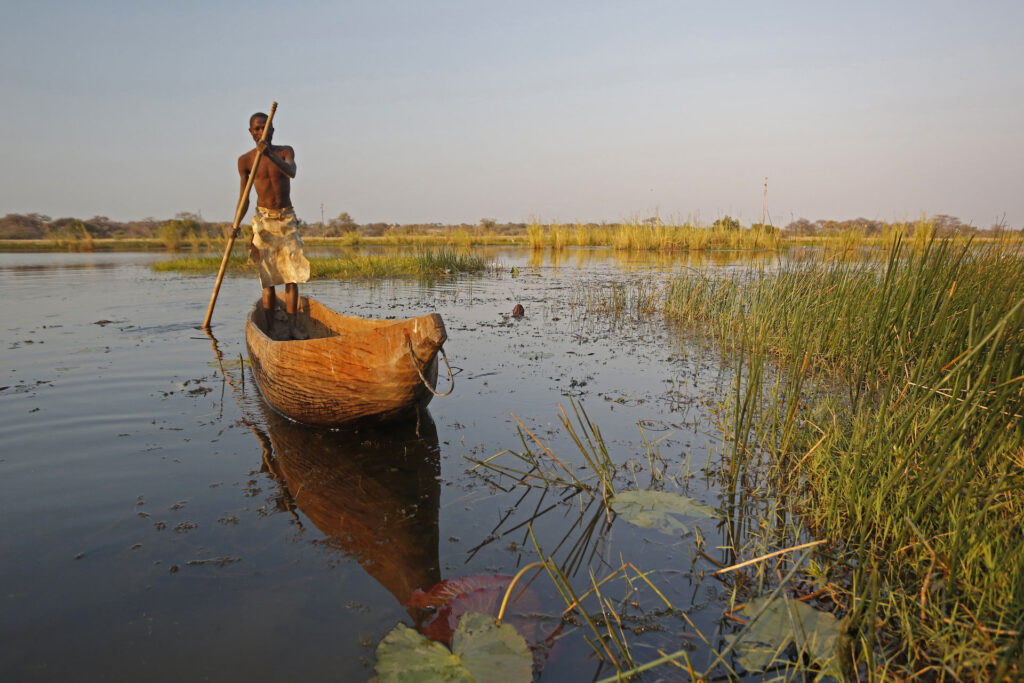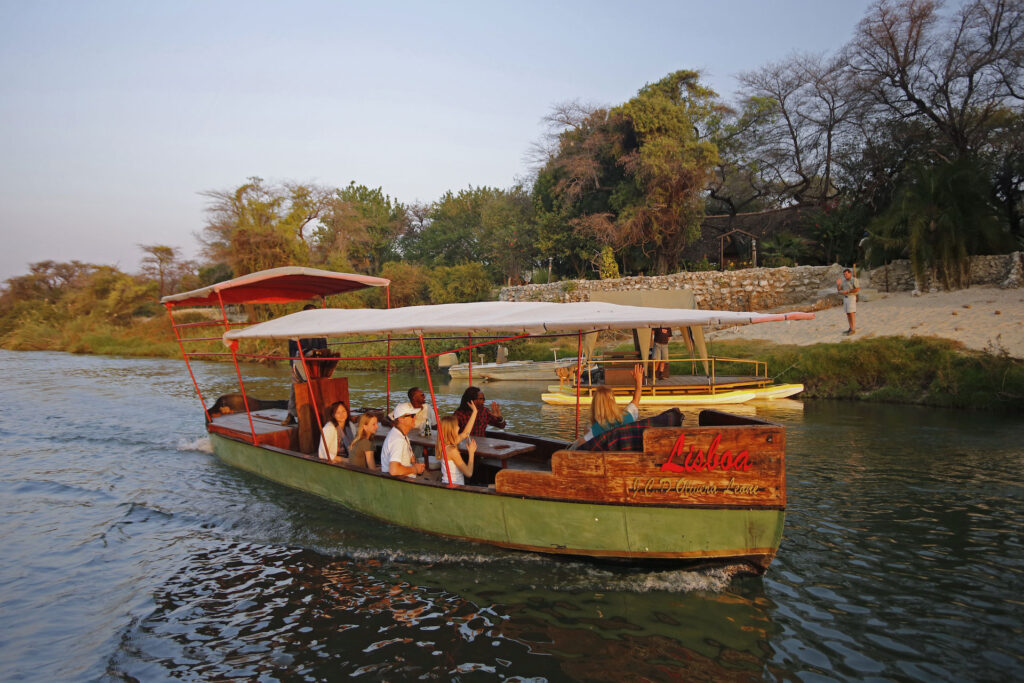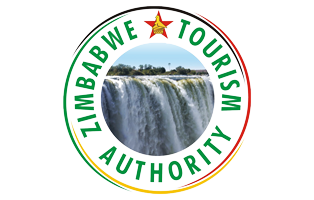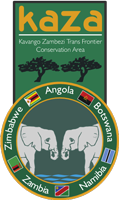Namibia in depth.
Namibia is a largely arid country, its wild terrain dominated by the great deserts and mountain ranges of the Namib, Naukluft and western Kalahari. In the far northeast corner, however, the Zambezi region – formerly known as the Caprivi Strip – offers a landscape unlike anywhere else in the country. Perched like a cap on top of Botswana, its woodlands and wetlands are effectively an extension of its southern neighbour’s Okavango and Chobe-Linyanti regions, and share the latter’s wildlife and ecology. Today, Kavango Zambezi Namibia incorporates the whole of this region. Encompassing some 71,500km² (around 14% of the park’s total area), it also extends west into the northwest corner of the Kalahari, where Khaudum National Park offers a slice of Namibia’s more typical heartland.
In the Zambezi Region, Kavango Zambezi incorporates three off-the-beaten-track national parks plus a number of adjoining community conservancies. Elephants cross freely here from Botswana, while hippo and buffalo – largely absent from the rest of Namibia – abound. A history of poaching and insecurity in the region has left wildlife viewing more hit-and-miss than in neighbouring Botswana. Nonetheless, populations of many species are increasing thanks to translocations and other conservation initiatives, and the potential of these parks is enormous. In biodiversity terms, this is one of the richest regions in southern Africa and birders, especially, can seek out numerous species rare or absent elsewhere. Park facilities are limited, so at present this remains largely a 4×4 self-drive destination for the adventurous traveller. The rewards include having a spectacular wilderness almost to yourself, plus a unique opportunity to gain an insight into local rural village life.
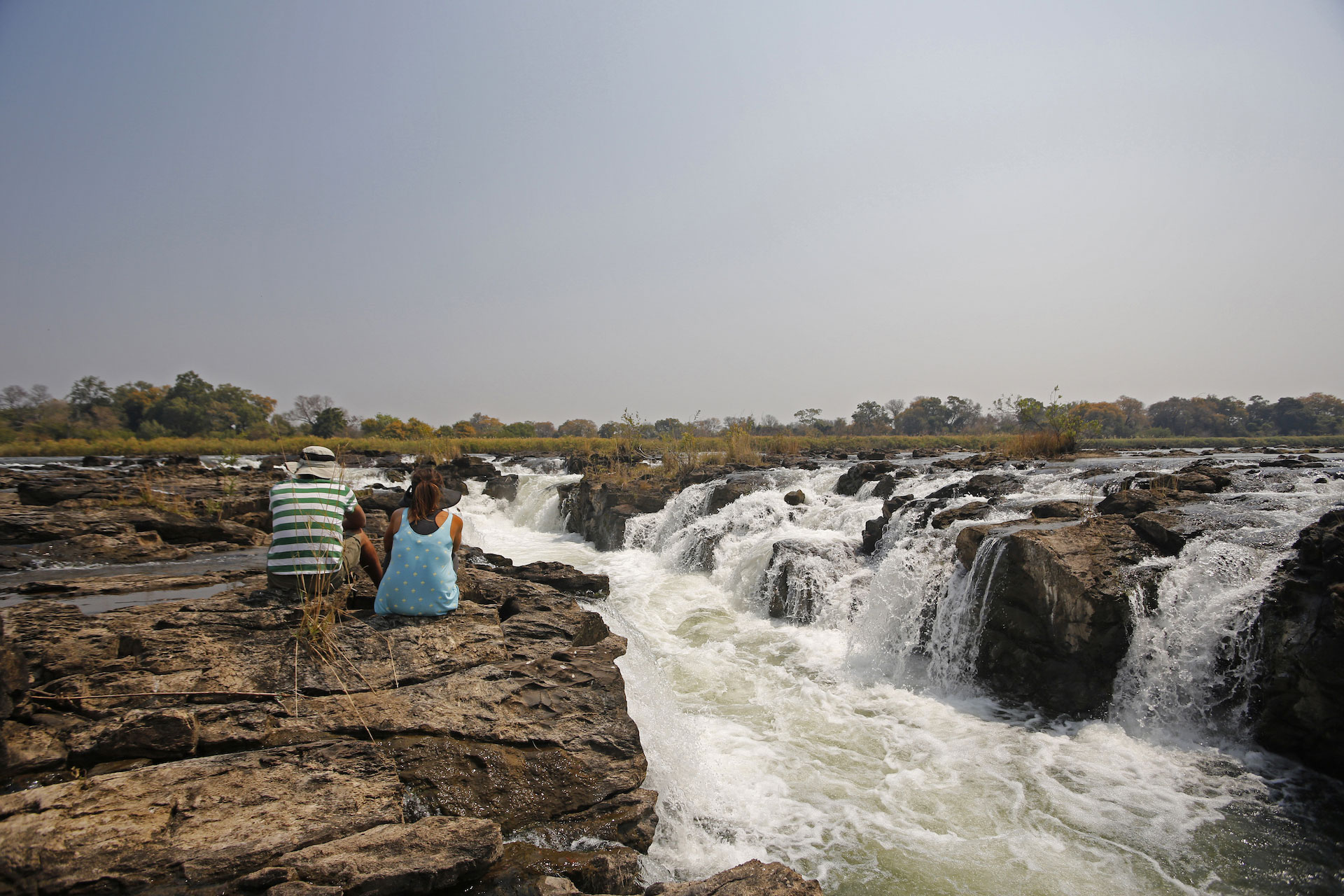
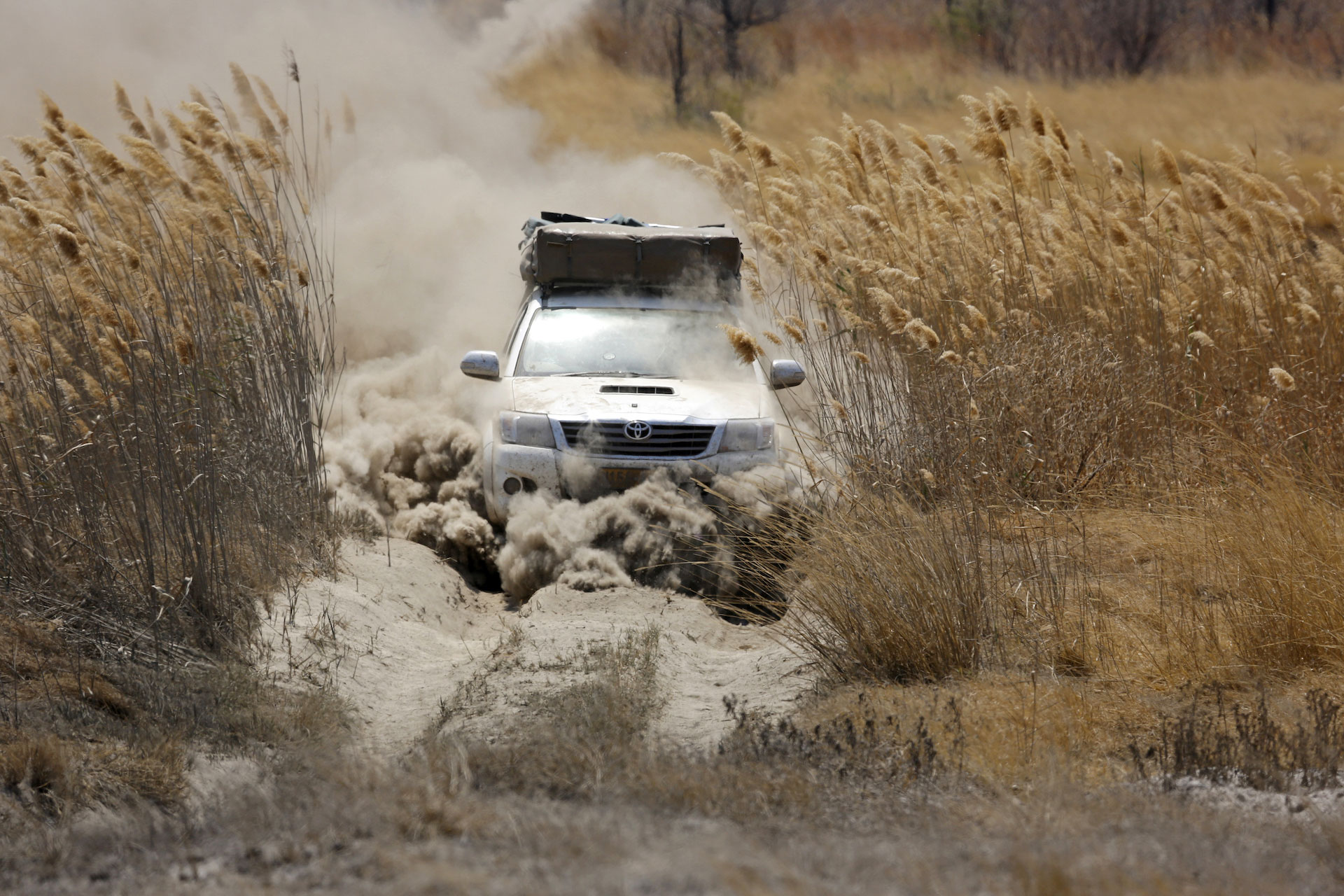
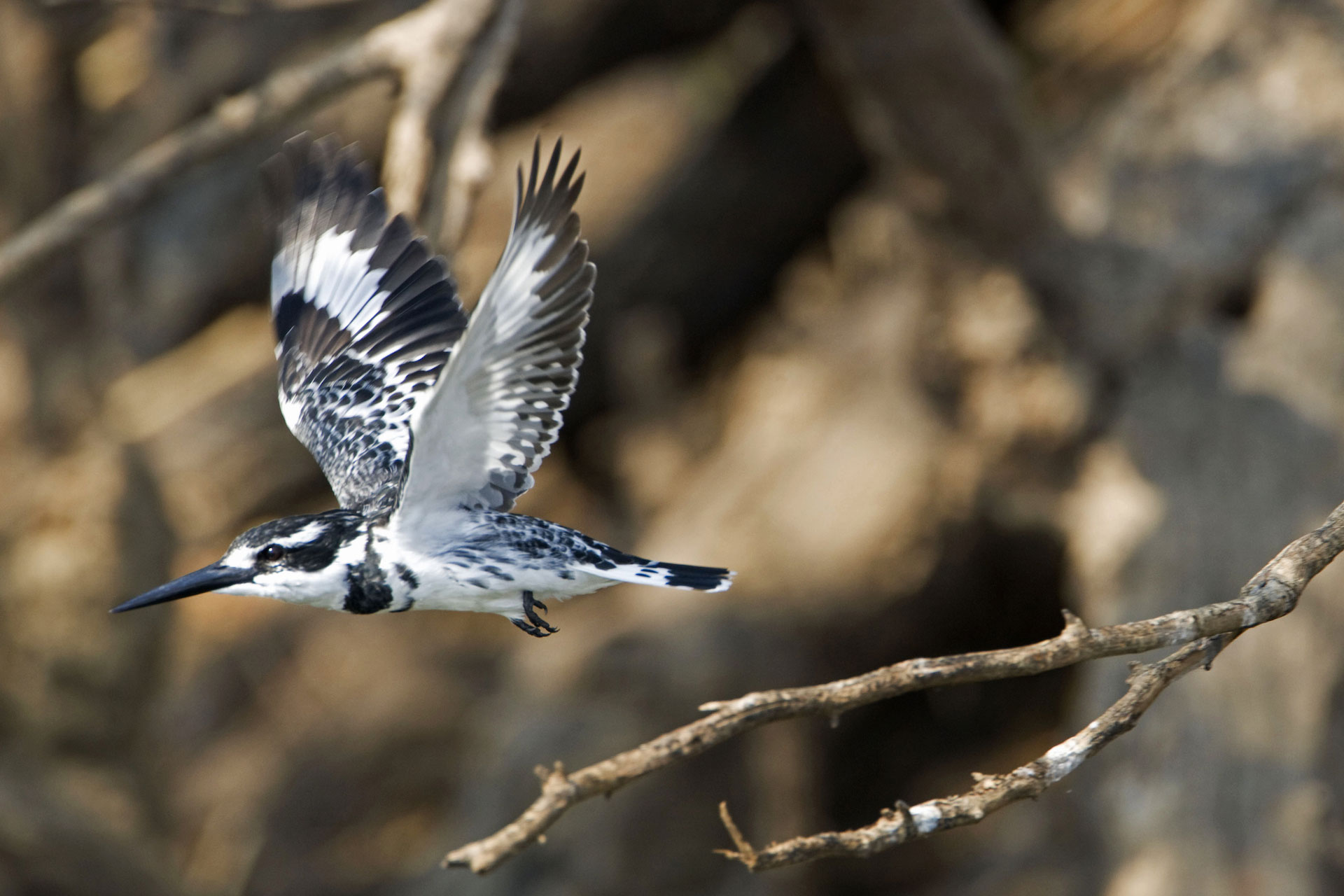
Bwabwata National Park is the largest conservation area in the Zambezi Region, extending between the Okavango and Cuando rivers. It was established in 2009, combining the former Caprivi Game Park and Mahango Game Reserve, and in places you may still come across discarded military equipment from the region’s turbulent past. Visit during the dry season and you should see plentiful elephant, plus buffalo and several antelope species – including red lechwe, greater kudu, roan and sable. The grunting of hippos echoes around the scenic river bends, while the lucky visitor may spy any of the big cats and sometimes even wild dogs. For birders, Pel’s fishing owl and Dickinson’s kestrel are among the prizes.
South of Bwabwata, Mudumu National Park protects a smaller area of mopane woodland along the Cuando River. Giraffe and eland have been reintroduced here, alongside elephant, buffalo and zebra, while red lechwe and sitatunga frequent the river frontage. Wildlife is generally skittish and large predators hard to find – though they do occur. On a boat trip, you can seek out hippos and other aquatic wildlife, and get closer to many of the park’s riverine bird species, including dazzling carmine bee-eaters.
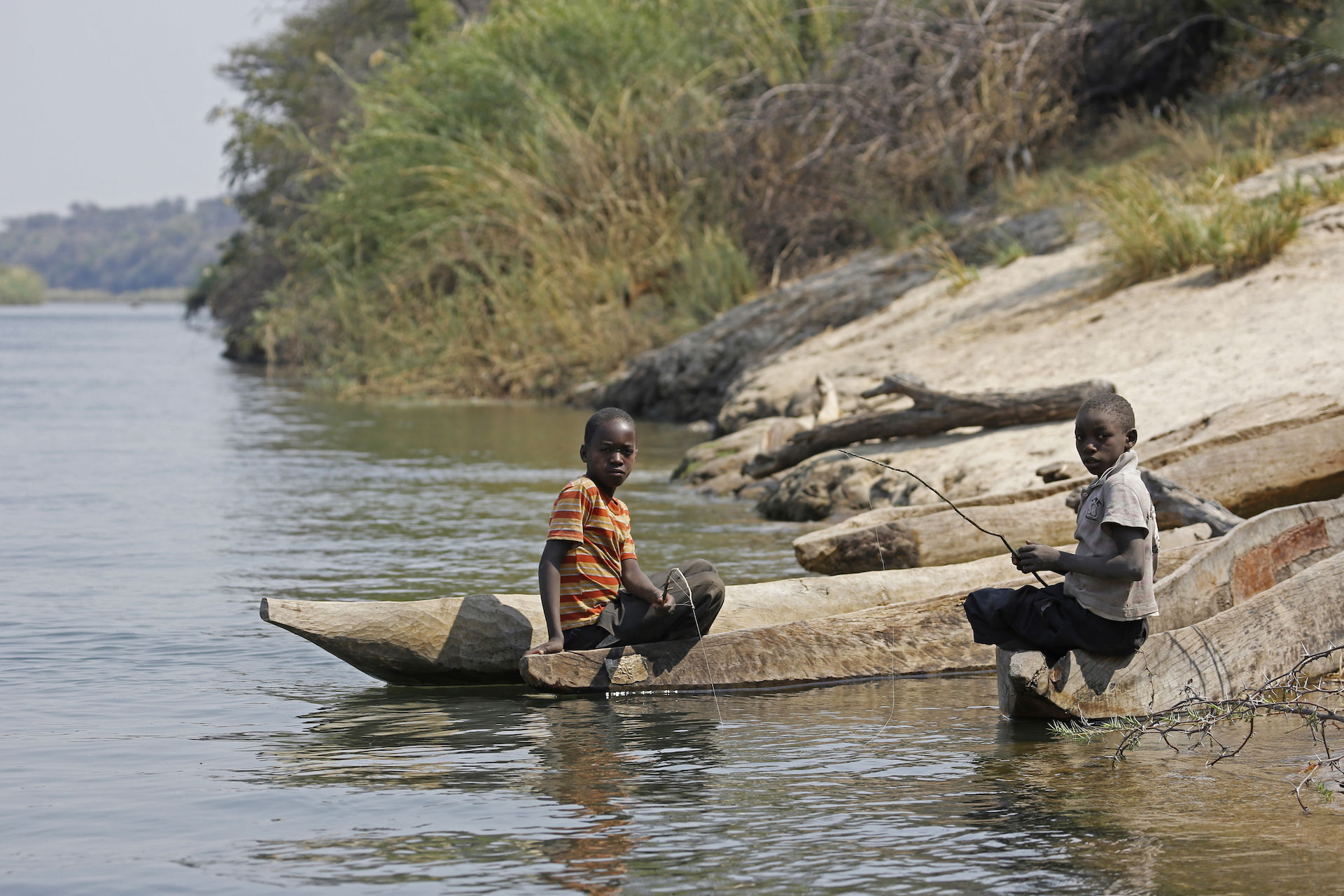
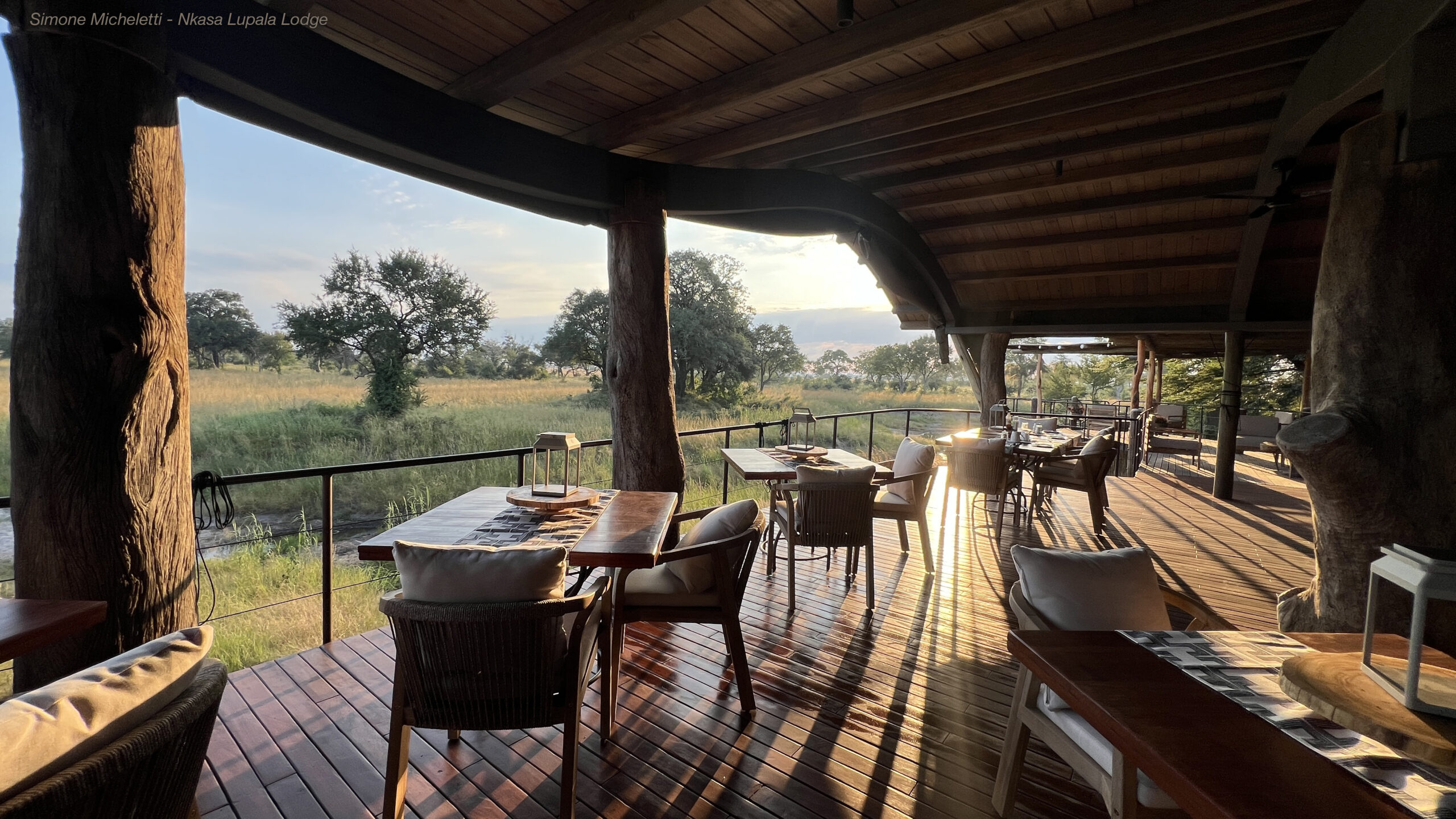
South of Mudumu, the Cuando bends sharply eastwards, becoming the Linyanti. Tucked into this bend, Nkasa Rupara National Park directly abuts Botswana’s Linyanti Swamps to the south. This is Namibia’s largest protected wetland, and wildlife moves freely back and forth across the river as flood conditions fluctuate. At peak times, 1,000 buffalo crowd this little park, alongside hundreds of elephant, hippo and crocodile. Lion are regularly seen, while sitatunga, oribi and spotted-necked otter are among other more elusive finds. Birders can seek out wattled crane and Pel’s fishing owl among over 450 species, plus such local specials as rosy-throated longclaw and coppery-tailed coucal. Facilities are sparse, but community-led development is under way.
West of the Zambezi, Kavango Zambezi Namibia embraces the northernmost reaches of the Kalahari. Here, the little-visited Khaudum National Park protects a remote expanse of dense thorn bush and ancient sand dunes, where during the dry season elephants gather at several permanent springs. A decent population of lion roams the park, along with a few cheetah and wild dog, while the presence of oryx and red hartebeest among numerous antelope species is evidence of Kalahari affinities. Khaudum’s thick bush, deep sandy and limited facilities make this a challenging destination, only for the experienced, experience, but the rewards, especially when staking out the waterholes, can be impressive.
A little to the northwest of Khaudum, Mangetti National Park was established in 2008 – another of Kavango Zambezi’s new generation of parks aimed at reducing rural poverty through tourism development. This small park’s Kalahari woodlands support plentiful wildlife, including sable antelope, leopard, oryx, kudu and occasional African wild dog. Visitor facilities are on their way, with the local community helping develop the park into a regional tourism highlight.
Explore Namibia
The Namibia region of Kavango Zambezi is home to a diverse range of wildlife, including elephants, lions, cheetahs, leopards, hyenas, and various antelope species. The rivers in the region are home to hippos, crocodiles, and a variety of fish species. The area is also known for its birdlife, with over 450 species recorded in the region.
Find out more about Namibia
The Sijwa Project: A Transformative Journey of Sustainability and Community Empowerment
Breeding Marvels – Carmine Bee Eaters in Divundu, Namibia
A Glimpse into the Past
Kwando Carnivore Project – Namibia:
Trip Planner
Plan your dream trip to Kavango Zambezi in Africa with our one-click Kavango Zambezi trip planner. Explore wildlife, immerse yourself in the culture, and customise your itinerary based on your preferences and budget. Start your unforgettable adventure now.

 Angola
Angola  Botswana
Botswana  Namibia
Namibia  Zambia
Zambia  Zimbabwe
Zimbabwe 